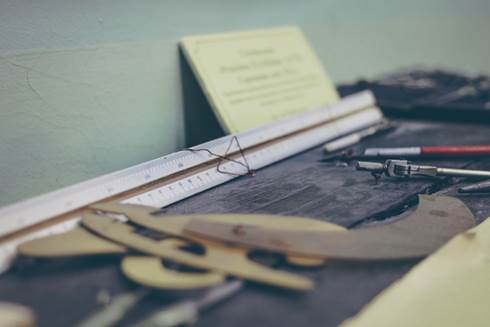Water runs downhill. And, gravity is our friend. Yet sometimes we forget these basic concepts when installing metal panel roofing.
When it comes to metal roofing details, a contractor should always think about the flow of water.
Roofing contractors are in the business of controlling water, so let’s install details that allow water to run downhill and let’s use gravity to our advantage. A more precise way to say it: Implement drainage details that don’t buck water!

Defending Against Water Leaks
Metal roof penetration and edge details should not rely on sealant as the primary defense against water leaks. Certainly, sealant is and should be used as a secondary measure against water leaks. Consider this: A transverse panel seam is created by lapping the upper panel over the lower panel, and sealant is used as a secondary seal. Installers would never reverse the lap of a transverse seam (where the lower panel is on top of the upper panel), bucking water and relying only on sealant to keep water out. A penetration detail (e.g., a vent stack or roof curb) should use the same logic. There’s no doubt that bad details are rooted in low cost and speed of installation, but those are not details that are going to have equal service life to the metal panels on a roof. A penetration detail is as critical to the long-term success of a metal roof as a transverse seam.
Prefabricated Penetration Details
It’s best to use prefabricated penetration details that have welded or soldered weathertight seams. The prefabricated piece should be the width of a panel and include the male and female seams, and be seamed into the adjacent panels. And just like a typical transverse seam, the top edge of the prefabricated piece should be under the upper panel, and the bottom edge of the prefabricated piece should be above the lower panel. Water is not bucked and seams are fully intact. That is a long-term penetration detail.
Where proper overlap can’t happen, redundancy is necessary. A small pipe penetration detail should use a rubber roof jack with added levels of redundancy for weatherproofing. First, the roof jack should only be installed in the flat of the panel; sealant tape should be installed between the panel and the roof jack; and closely spaced, gasketed fasteners should be installed to create compression on the sealant.
Roofing That Lasts
Metal roofs sell themselves because metal is long-lasting. And construction details need to be developed and installed with that in mind. Metal panels don’t leak—the joinery and fastener locations can leak. Remember to design and build details that have equivalent service life to the panels themselves. Proper laps are critical, and remember, gravity is our friend.
To learn how to design a roof system that prevents possible infiltration and allows for proper water runoff, take MBCI’s AIA-accredited course, The Devil is in the Details.